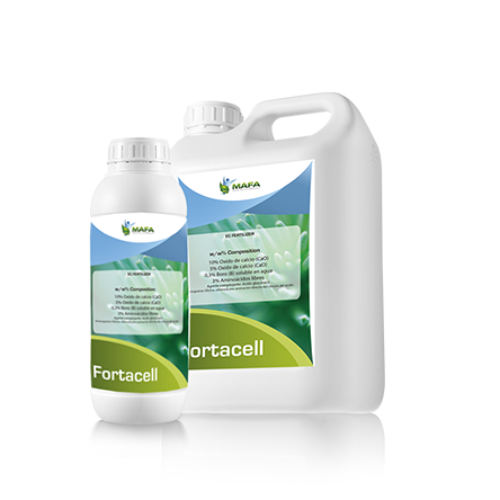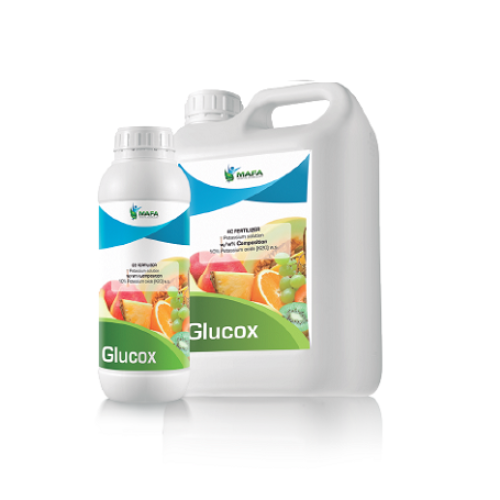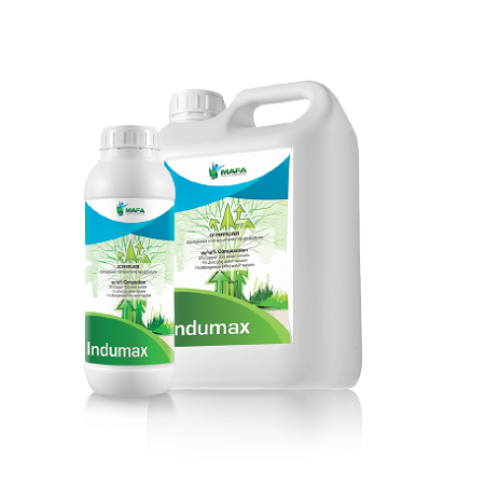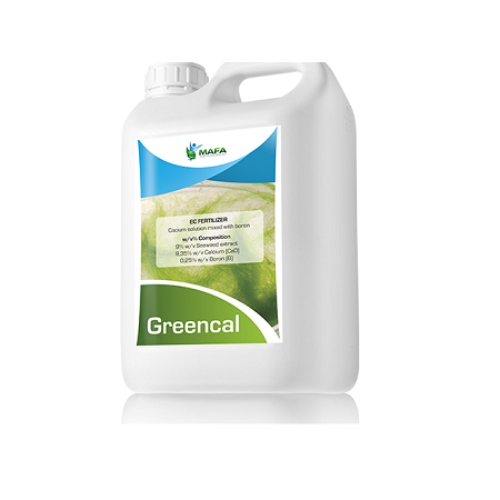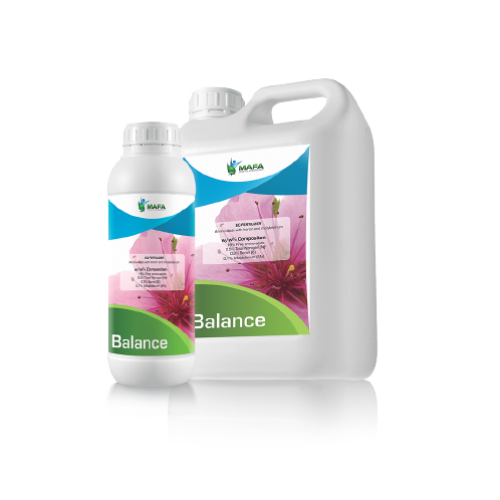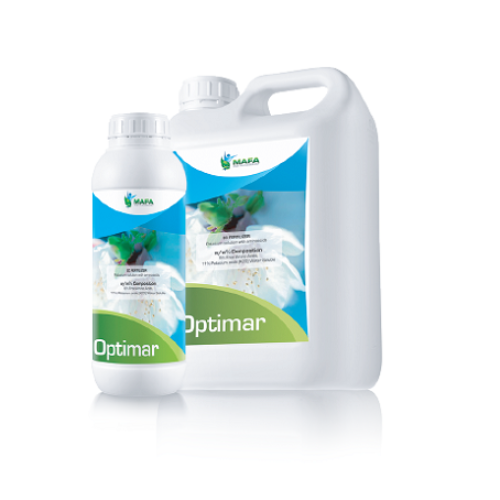Since its use is increasingly widespread, it seems important to highlight the 3 most effective natural biostimulants for agriculture. At a time like the present, in which agriculture is showing that it knows how to adapt to the new needs and realities of our environment, the use of natural biostimulants is essential. Why? Because they are products specially designed to improve crop performance.
Since its use is increasingly widespread, it seems important to highlight the 3 most effective natural biostimulants for agriculture. At a time like right now, in which agriculture is showing that it knows how to adapt to the new needs and realities of our environment, the use of natural biostimulants is essential. Why? Because they are the products specially designed to improve crop performance.
WHAT RESULTS DO WE OBTAIN WITH THE USE OF BIOSTIMULANTS?
- More plant growth, because the supply of nutrients and water is optimized.
- Resistant plants, Prepared to face situations such as drought and salinity of soils.
- Healthy soils, because they are products that contribute to the regeneration of the substrate.
- Retention of CO2, thereby contributing to the stability of ecosystems.
- Zero residue on the plants, which are not altered or affected by any toxicity. In addition, they provide us with healthy food and products of the highest quality.
The biostimulant legislation requires producers to make it clear how the biostimulant improves crop performance. That is, what mechanisms does the biostimulant in question develop to solve root development, photosynthetic capacity, water uptake problems, etc.
It must be taken into account that agricultural biostimulants are biological substances that positively influence the various metabolic processes of the plant. In other words, they are formulated based on products that nature itself offers us. Moreover, they are those natural solutions that the field needs in order not to generate waste or harm the environment.
THE 3 MOST FREQUENT BIOSTIMULANTS
Hormones are organic molecules that act on the vegetative growth of agricultural crops, but they must be used in low doses. The most used are auxins, cytokines and gibberellins.
Seaweed extract
Algae -both microalgae and macroalgae- are organisms with a long life on our planet and a decisive role in the formation of life. Its biostimulation capacity, to stimulate vital functions in this case of the plant or tree, is also beneficial in agriculture.
Humic and fulvic acids
These acids are part of the soil after natural decomposition. Therefore, they improve the fertility of plants to the extent that they favor the absorption of micronutrients and macronutrients.




